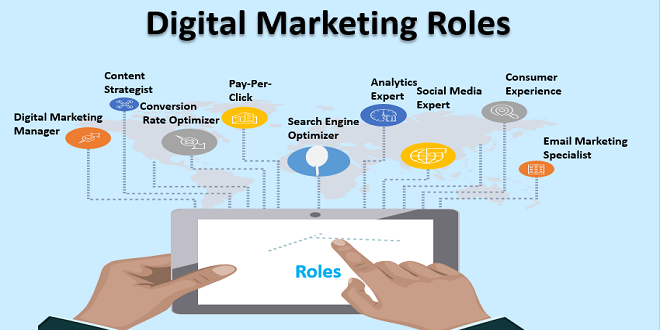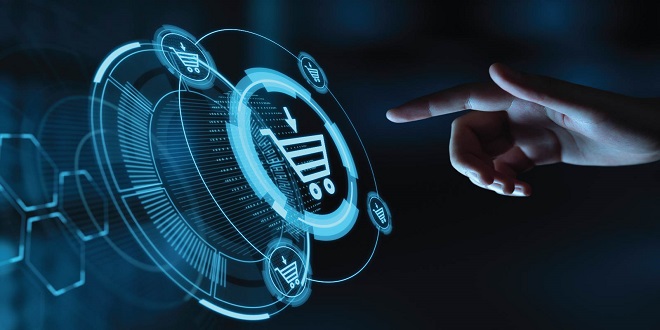What is difference between public and private sector bank?

When organizations are seeking new technology, they’re most often looking for something that will not only streamline its internal processes, but also help it serve its customers better. The financial institution industry has been readily taking advantage of some of the new technology available today.
Internet and mobile banking have been two of the largest leaps in service that banking customers and credit union members have seen due to the level of convenience. However, with Internet and mobile banking, there are limitations that still require the customer/member to come to a physical branch location. In order to bridge this gap, financial institutions are utilizing personal teller machines and self-service kiosks also called as e-lounge.
While self-service kiosks have been around for quite some time, they are becoming adopted by more and more financial institutions now-a-days. At first glance, they might appear to be an ATM; however, they are capable of performing a variety of additional transactions and services. Quite a few of the services offered go beyond the capabilities of online banking and tackle services that typically would require interacting with a teller during the regular branch hours. These kiosks offer the ability for customers to cash, cheques, complete money orders, print official cheques, pay bills and withdraw cash on top of other features.Elounge is also called as E-lobby or E-Corners in some Banks.
Definitions of Key Concepts-
- Bank: A place that receives, lends, exchanges and protects money.
- Kiosk: A kiosk is a small physical structure (often including a computer and a display screen) that displays information for people walking by.
- Withdrawal: An act of taking money out of an account.
- Deposit: It means money placed into banking institutions for safekeeping. These deposits are made to deposit accounts such as savings accounts, checking accounts and money market accounts.
- Cheque: A cheque is a document that orders a bank to pay a specific amount of money from a person’s account to the person in whose name the cheque has been issued.
- Passbook: A book issued by a bank or building society to an account holder, recording sums deposited and withdrawn.
- Technology: The application of scientific knowledge for practical purposes, especially in industry
Research Methodology
The study is based on primary as well as secondary data. For the present study researcher has selected the purposive sampling method. The total 80 respondents were selected from two public sector & two private sector banks. To collect the primary data researcher has prepared the interview schedule containing13 questions related to the objectives of the study. Secondary data has been collected from the books, journals, official websites, etc
Review of Literature
Studied customer’s perception on electronic banking services and also measured the satisfaction level of customers towards electronic banking services. The findings showed that maximum of 60 per cent of customers have positive perception on E-Banking services. Customers are more satisfactory with E-Banking services except one parameter like E-Banking is easy to use. The rural area customers are not using innovative E-Banking services frequently because they have less knowledge about internet and computer so customers hesitate to use in using E-Banking services.




